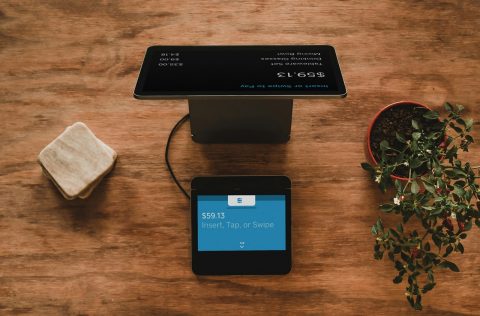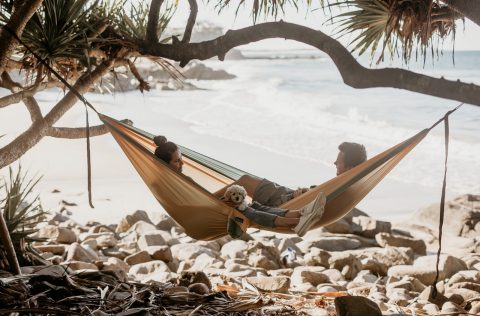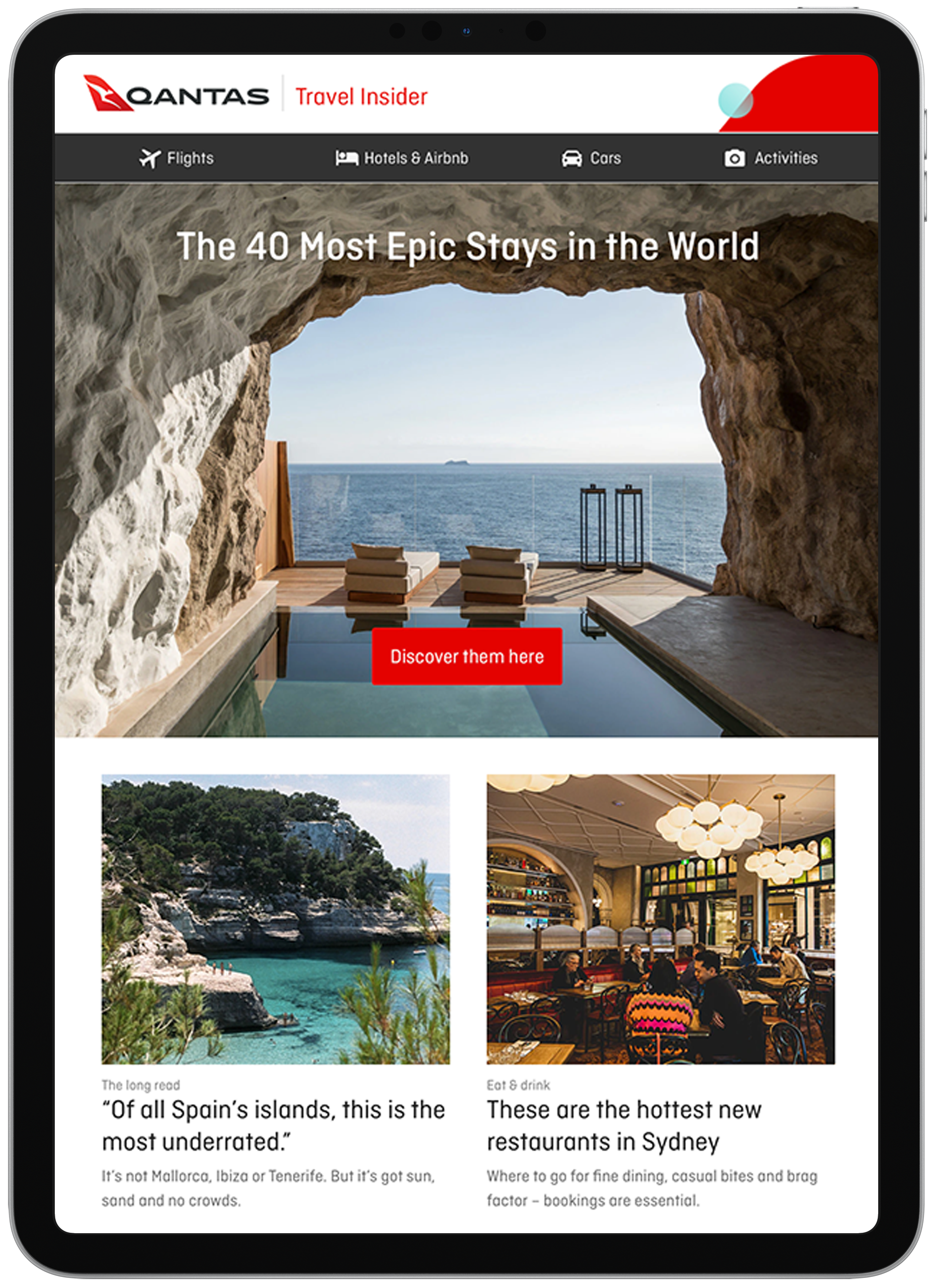How Small Businesses Are Driving Growth in 2025

Investment in innovation – and a strategic helping hand – are essential for SMEs looking to supercharge growth.
The hives of small businesses across Australia are humming with activity. In the Adelaide suburb of St Marys, two self-described “nerds” refine the latest prototypes for their hydrofoil surfboards destined for the export market, while a small company in regional Victoria undergoes a cyber audit and an engineering firm in regional Queensland rethinks its recruitment strategies to attract staff. In Brisbane, meanwhile, an enterprise that makes hammocks from single-use plastic bottles boosts its mojo with like-minded small businesses.
Common to all these SMEs is an appetite to seek out support for taking their business to the next level, despite subdued economic conditions, including persistent inflation, skills shortages and weak demand. According to the Australian Industry Group’s 2025 Outlook, investment in innovation, productivity and the workforce are crucial to overcoming these challenges.
MYOB CEO Paul Robson says the ability of SMEs to pivot in challenging circumstances underpins their resilience. “By default, because they’re in an ever-changing world and are agile operators, their focus is largely on solving for the short to mid-term. They’re able to be nimble and their ability to adapt quickly is a key factor in their resilience.”
Robson says SMEs play a crucial role in the business ecosystem, serving as a barometer of national economic health. “They bridge consumers and large businesses in many cases. No large business exists without an ecosystem of small businesses around it.”
Of the more than 2.66 million businesses in Australia in June last year, the ABS categorised 97.2 per cent as small businesses (with fewer than 20 employees). Medium-sized enterprises (between 20 and 199 employees) made up 68,214 or 2.6 per cent of the total. The Council of Small Business Organisations Australia (COSBOA) estimates small businesses employ more than five million Australians and pump $500 billion-plus into the economy annually.

In a speech on financing SME innovation, Reserve Bank assistant governor Brad Jones said that efforts by small businesses to improve productivity have ignited progress on an impressive scale. “SMEs have become increasingly important participants in the innovation ecosystem in Australia, particularly in professional, scientific and technical services. In some respects, they appear to be taking the ‘innovation baton’ from large firms, including in early-stage investment in research and development and intellectual property rights.
“While just over half of surveyed SMEs are likely to be innovating at any one time, compared to about 70 per cent of large firms, the intensity of innovation is much higher for the SMEs. Put bluntly, these SMEs are more likely to be throwing the kitchen sink at innovation.”
Initiatives by SMEs to hothouse operations are beginning to pay off. Robson says the results in the 2025 Bi-annual MYOB Business Monitor show an encouraging uptick in small business confidence. “By geography, NSW and South Australia are feeling most positive about the opportunities for growth ahead. By sector, respondents in retail and hospitality are feeling more optimistic after they faced headwinds in the past few years. Business, professional and property services remain confident, driven by IT and technology investment.”
The federal government has described flat-lining productivity as one of the biggest obstacles facing the country and flagged a long-term strategy to address this. In its submission to the Productivity Commission’s inquiry into national capacity, COSBOA stated that if Australia’s small businesses are to realise their full potential, “the twin engines of their success – tax reform and red tape reduction” must be addressed.
As we head into a new financial year, the signs are encouraging that SMEs, in some sectors at least, continue to defy the predictions of sluggish activity. For many it’s made easier with a government grant or by connecting with other small business owners.
Building a network

A love of the ocean and determination to reduce plastic pollution led keen scuba diver and Nakie co-founder Tegan Leibbrandt to create a hammock from 37 single-use plastic bottles. “I was looking for a hammock and couldn’t find anything compact and easy to take around Australia,” she says.
Now, five years later, Nakie boasts the third-highest sustainability rating in the world for its category and is B Corp certified. The Brisbane-based camping gear company to date has sold an estimated 250,000 hammocks and invested in planting more than two million trees in Kenya and Madagascar.
After a lengthy development process to achieve a weight rating of 225 kilograms for the hammock, Leibbrandt says reaching out to Ecommerce Equation, an ecommerce community group, was essential for achieving the mindset to keep Nakie growing. “Being a small business, you can sometimes feel isolated. No-one knows small business like small businesses and startups.”
The group provided coaching in online marketing and networking within the SME community, which Leibbrandt says has been invaluable. “The biggest thing is the mindset and having people to lean on and share insights with. We’ve become close with non-direct competitors so you can share ‘This ad style is working’ or ‘This is not working for us’. We gain extra knowledge and really accelerate the business. Since joining, we’ve 10x-ed our business – it’s been a huge game changer for us.”
Attracting talent

Celebrating the cultural diversity of its staff is all part of the job at consulting engineering firm Brandon & Associates in regional Queensland. It’s also been a drawcard for the company in its battle to fill staff shortages, which have forced it to turn down work recently.
Business manager Ken Murphy says attracting people away from the “big city lights” to work for the firm in Chinchilla, Roma and Toowoomba has always been problematic. “As a professional services organisation, we don’t sell widgets, we sell people and time. And if we don’t have the people, we can’t deliver the projects. We pride ourselves on being able to offer our staff a variety of projects but they were becoming frustrated because we couldn’t tender for them… It created a lot of angst.”
The turning point came when the firm signed up for the Business Chamber Queensland’s Workforce Evolve program, which is free and includes online modules and tailored coaching to assist businesses to recruit and retain talent. “Internally, we’re a diversified organisation. Engineering is a predominantly male-dominated industry but we have female engineers and designers. And 30 per cent of our 35 staff are from different ethnicities. We have morning teas to celebrate the cultures. When I was doing the Evolve program, the light bulb moment was realising that we do all of that but we don’t tell anyone.”
Murphy says internal surveys also reveal that staff value the variety of the company’s projects. Job ads were revamped to highlight the firm’s Workforce Evolve accreditation as an equal opportunity employer, while social media promoted the regional lifestyle, range of projects and staff entitlements. Both strategies have paid dividends, with an increase in applications. “We’ve seen a lot of positives on social media and we get more responses to our ads. Historically, like any organisation, we’d get many applicants who didn’t have the experience we were looking for but now we’re getting more targeted applications from people and the staff have noticed it.”
Expanding abroad

A retro-fit motor system for hydrofoil surfboards, Foil Drive was born out of COVID, a fascination with technology and a leap of faith, says entrepreneur, surfer and co-founder Ben Jamieson. “We started this business with our own funds; we boot-strapped the whole thing. It was lots of late nights, lots of ‘Geez, I hope this is the right move or the right thing or the right piece of equipment to purchase because we’re all in on this.’”
The business quickly progressed from bolting batteries and engines onto surfboards to prototyping with 3D printing and additive manufacturing. “We have a lot of funny stories about hanging off jetties at midnight with heat guns trying to test products – waterproofing is a big challenge for electronics in saltwater and the surf – and then a lot of time using the product with friends and family, getting them to use and abuse it.”
Foil Drive now employs 32 people, has sales and marketing staff across Australia and designs and manufactures at a facility in Adelaide. An office in the Netherlands is headed by avid foil rider Dominic Hoskyns, who was its first online customer in 2021.
The export market beckons and moves are underway to expand into the United States. This aim is made smoother by the support Foil Drive has sought, including from the South Australian government’s Global Expansion Program and the federal government's Export Market Development Grants. “A lot of work goes into applying for them and the reporting that goes with them,” says Jamieson. “But the funding and industry networking helps us to continue with technology and innovation advances.”
In the Netherlands, the government connections include the Holland International Distribution Council. “It’s an organisation that’s part government-, part industry-funded and runs a ‘matchmaking’ service with service providers that are members of the Council. You come and say, ‘We’re an Australian company. We want to do XYZ and these are our requirements. Who do you recommend?’ It’s more beneficial than just googling.”
Increasing security

For auto-electrician, director and co-founder Matt Penhall, the GPS tracker is the lifeblood of Protekt. His team provides fleet management services involving the installation and monitoring of just under 3000 GPS trackers on vehicles used by industries ranging from food delivery and mining to construction and agriculture.
“The aim of vehicle tracking is for insurance purposes and various cost analyses but it also provides OH&S compliance data for the companies, to show they’re doing the right thing and monitoring how vehicles are used. And we also have an app that employees can use to do a pre-start check, which shows if there are any issues with the vehicle.”
With Protekt’s customised software, clients can be provided with data about vehicle trips, distance, average speed, harsh braking, speeding and driver behaviour. Given the breadth of data the company collects, having a “third party look” at Protekt’s online security had been on the radar for 12 months but became a priority as its clientele grew and the system security requirements got more rigorous.
Enter the Summer of Cyber Pilot Program, an initiative funded by the Victorian government and delivered by the Australian Women in Security Network. The program aims to improve cybersecurity in SMEs by pairing them with women and gender-diverse tertiary students or recent graduates for hands-on real-world experience. In Protekt GPS’s case, two postgraduate students worked full-time for three months with the company. They led a cyber audit and also improved its cyber posture enough to achieve bronze-level cybersecurity certification.
The result, says co-founder and data scientist Robert Layton, is improved resilience. “We’ve got our server-side security, which we’re happy with, but our user-side security is something we don’t have a lot of control over if users have passwords, re-shared passwords and so on.
“That’s the value of this cyber program – to develop policies, work out where the gaps are in our policies and procedures then take the next steps with our software.”



